The SS Thistlegorm
On October 5, 1941, just weeks before Pearl Harbor, two German Heinkel Bombers were hunting for Allied cargo ships carrying military supplies in the Egyptian Red Sea. By this time in the war Germany had already invaded Poland, France, and Denmark, and had just begun an all-out offensive against Moscow. The Red Sea, and precisely, the Suez Canal remained crucial to the front in North Africa as war was heavily reliant on supplies and the Suez offered a route to the Mediterranean without circumnavigating Africa. There were many British ships in the Red Sea en route to help the Allied front but a ship collision in the canal closed the root down temporarily. One ship in particular, the SS Thistlegorm, was on its way to Alexandria in preparation for Operation Crusader. The SS Thistlegorm , among other ships sat stationed in the Red Sea, was awaiting passage to the canal in what they thought to be safe waters. The two German bombers reached their maximum flight range without finding a single target and turned back to their base in Crete. On their trip home they spotted a small fleet of British ships and immediately targeted the largest among them, the Thistlegorm . Two one-ton bombs were dropped on the ship. The direct hit blew a hole through the ship's hull and caused a subsequent explosion in the engine room and another when their large ammunition cache blew up. The damage was so severe that the boat sank immediately.
The two German bombers reached their maximum flight range without finding a single target and turned back to their base in Crete. On their trip home they spotted a small fleet of British ships and immediately targeted the largest among them, the Thistlegorm . Two one-ton bombs were dropped on the ship. The direct hit blew a hole through the ship's hull and caused a subsequent explosion in the engine room and another when their large ammunition cache blew up. The damage was so severe that the boat sank immediately. The crew aboard the Thistlegorm was taken completely by surprise. The attack came late at night when most of the crew was asleep. Though most of them survived, the ship sank so rapidly there was no time for lifeboats and the crew was forced to jump from the ship and await rescue from the HMS Carlisle.
The crew aboard the Thistlegorm was taken completely by surprise. The attack came late at night when most of the crew was asleep. Though most of them survived, the ship sank so rapidly there was no time for lifeboats and the crew was forced to jump from the ship and await rescue from the HMS Carlisle.
The supplies destined for the British forces sank along with the ship and many of them remain aboard it today. Train cars, trucks, motorcycles, airplane parts, rifles, boots, and other gear lay with the wreck, slowly turning into an exquisite coral reef, attractive to all kinds of aquatic life. As the ship grows older, the coral continues to grow and more and more fish congregate around the wreck.
The precise location of the wreck was lost for years and the Thistlegorm was left untouched until the late fifties when some Frenchy named Cousteau rediscovered with help from local fisherman. Monsieur Cousteau kept the Thistlegorm's location secret and it wasn't rediscovered yet again until the early nineties.  Since then the site has become a Mecca for divers. Today, nearly 70 years after it was sunk, the SS Thisltegorm is considered the No. 2 dive site in the world as ranked by Scuba Diving News'. The remains of the ship lay just 30 meters deep and not far from the famed Ras Mohamed National Park in Egypt which boasts the No. 5 dive site on the same list, Shark and Yolanda Reef.
Since then the site has become a Mecca for divers. Today, nearly 70 years after it was sunk, the SS Thisltegorm is considered the No. 2 dive site in the world as ranked by Scuba Diving News'. The remains of the ship lay just 30 meters deep and not far from the famed Ras Mohamed National Park in Egypt which boasts the No. 5 dive site on the same list, Shark and Yolanda Reef.
For obvious reasons, Ashley and I couldn't resist a dive on the wreck. Staying an hour and a half north in Dahab we arranged a package deal that took us to Sharm El-Sheik to a live aboard boat where we slept over night and woke up to a modest breakfast before diving on the wreck. The first dive was around the boat, the second inside it, and a third dive took us to the the reefs at Shark and Yolanda Reef. 
Our ambitious dive schedule and average depth meant each of our dives were around 45 minutes, 25 minutes less than our normal reef dives. Also lowering our air consumption was a strong current and the eerie reality of exploring a ship 100 feet below the surface of the Red Sea. Still, the overall dive was nothing short of spectacular. Despite its decay and plundering (the ship's been stripped of many of its artifacts), witnessing the remains of the ship was like going to an underwater museum.
Our dive began atop the boat but then went along the port side down to the stern. There the huge propeller laid half buried in sand. Each of the visible blades were bigger than each of us divers. Swimming up next to an enormous prop half buried in the bottom of the ocean makes one feel quite small. The boats size (128 meters in length) can be difficult to appreciate when right up next to the boat because of the lack of perspective, but the prop's gigantic size was overwhelming.
We then swam towards the bow of the boat to look at the railway cars and numerous trucks still aboard the ship. At first look it wasn't obvious what the large cylinders were but a closer look showed large colonies of coral hiding the heavy train wheels. Tiny, colorful fish swam around the deck of the boat, Rock fish and Scorpion fish sat camouflaged on the deck disguised as coral, and large lion fish hovered with their poisonous fins expanded.
Armed with flashlights we spent the second dive exploring the interior of the ship. We went through sections of the boat stocked with trucks and motorcycles, swimming through the small 1.5 meter space between the roofs of the trucks and the ceiling. Peeking inside the cab much of the cars were still intact and I was even able to see a gas gauge decidedly on E. For whatever reason, some rooms were full of boots. I would have tried some on if I wasn't wearing fins. We went through two different floors of the ship, following our dive master closely as to not end up someplace in the middle of the wreck lost completely.
Eventually we made it to the captain's quarters and had a peek at his private bathroom before enjoying the view out of the portholes, looking down to the rest of the ship. No matter where we went in the ship, it was already inhabited by fish, often big eyes and snappers. I enjoyed most of their company but was always worried about running into a lion fish in some skinny corridor. 
(Note: I didn't have a camera for this dive. I wish I did. A nice Korean girl that went diving with us took a bunch of pictures but whether she'll actually send them to as promised is another story. For now, here's some photos I snagged off the internet.)


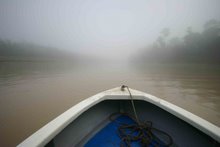










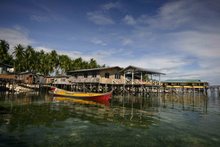
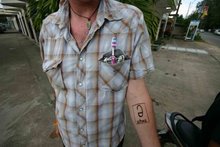
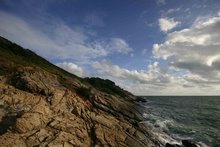

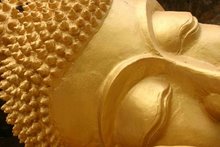



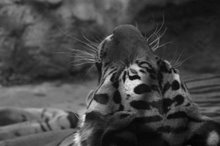
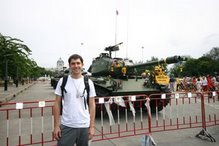

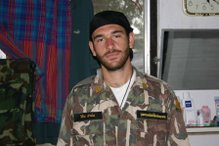
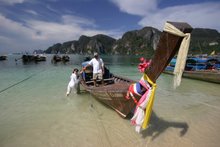

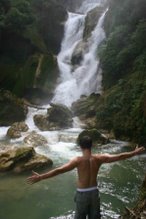
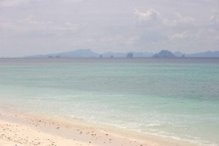
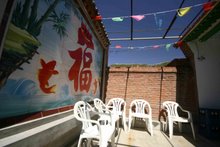

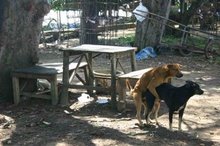
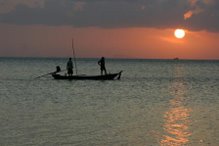
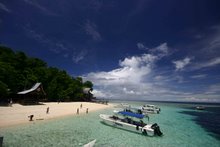
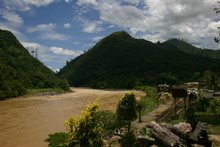
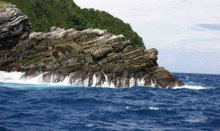

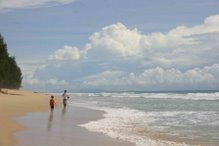
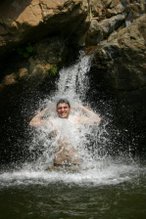
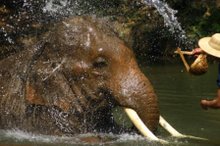


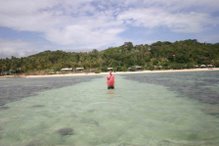

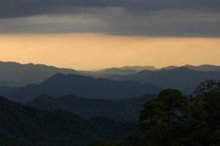
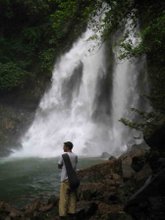



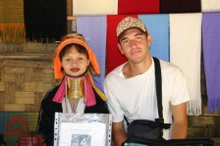
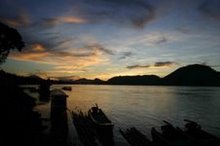
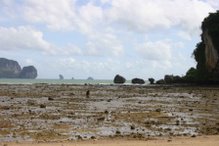
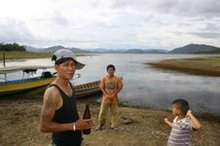
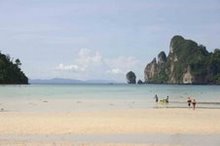
1 comment:
Dustin,
Check the facts a bit, it was days from December 7th, not weeks. Great story.
Dad
Post a Comment